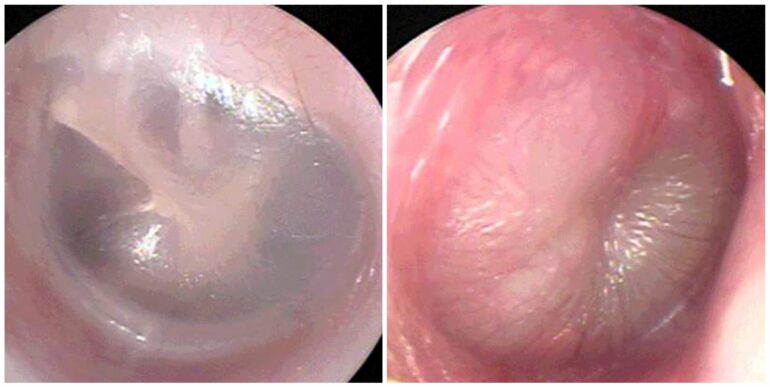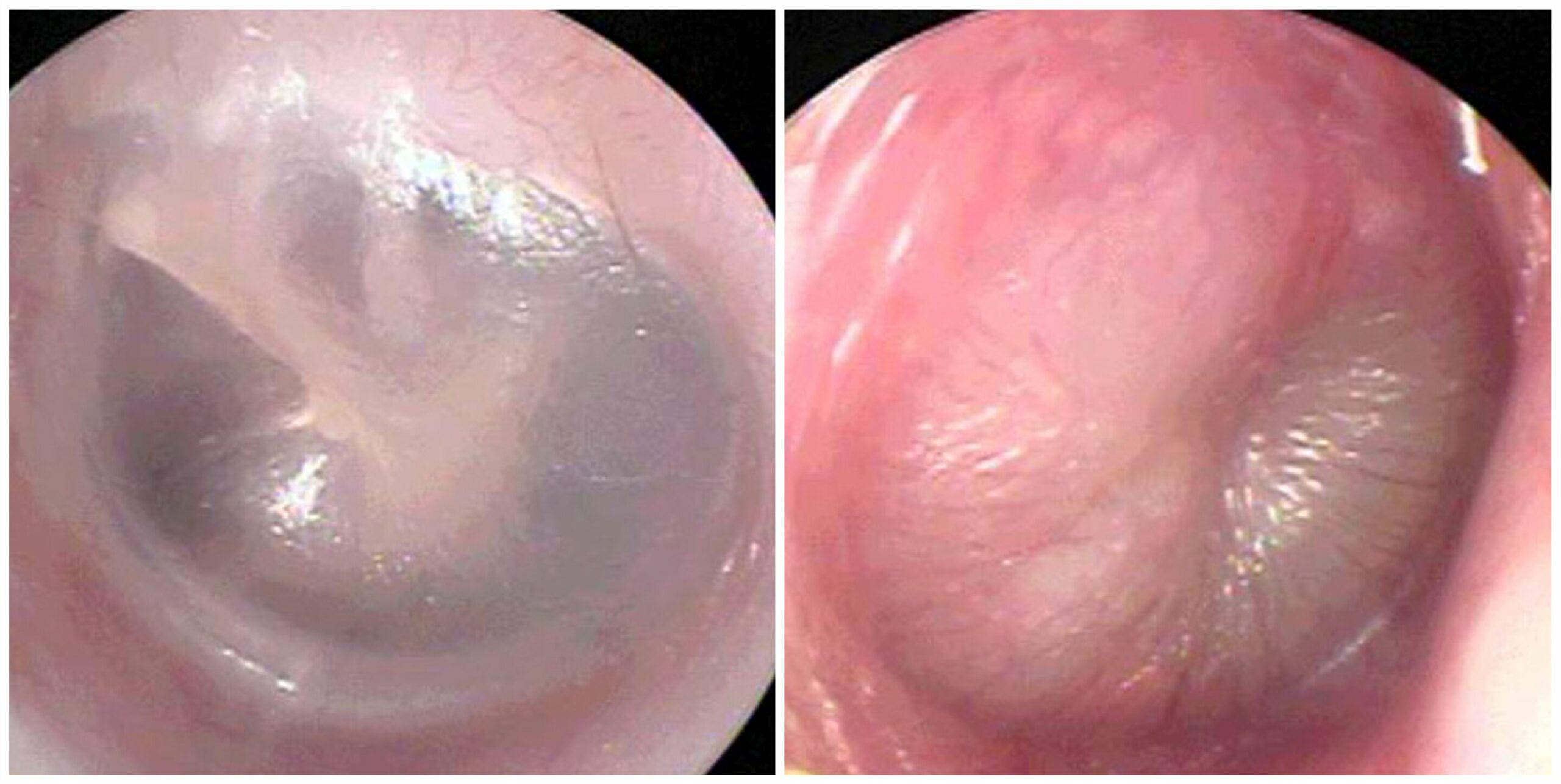In an era where artificial intelligence (AI) is rapidly expanding its reach, a groundbreaking innovation has emerged that promises to revolutionize the diagnosis of ear infections in children. Researchers at UPMC and the University of Pittsburgh have developed an AI-powered app capable of detecting acute otitis media (AOM), a common form of ear infection, with an astonishing 93% accuracy.
Table of Contents
AI-Powered App Achieves Remarkable 93% Accuracy in Detecting Ear Infections
The app, a true testament to the power of technology, harnesses the capabilities of AI to analyze short videos of the eardrum captured using a cellphone-connected otoscope. By meticulously studying the shape, position, color, and opaqueness of the eardrum, this digital diagnostic tool provides a straightforward and precise diagnosis, potentially surpassing the accuracy of trained clinicians.
Acute otitis media, a condition that affects a staggering 70% of children before their first birthday, has long been a challenge for medical professionals. Its accurate diagnosis requires a trained eye capable of spotting subtle visual cues on the eardrum of a squirming infant – a task that often leads to misdiagnosis and unnecessary antibiotic use.
In a groundbreaking study, the researchers collected and analyzed 1,151 videos of eardrums from 635 children seen at pediatric offices between 2018 and 2023. Two seasoned experts reviewed these videos, providing a baseline for diagnosing AOM. Simultaneously, the researchers trained two AI models using 921 of these videos, teaching them to recognize the telltale signs of the condition.
When put to the ultimate test with the remaining 230 videos, both AI models excelled, achieving a remarkable accuracy rate of over 93% in terms of sensitivity and specificity. This outstanding performance surpassed the wide range of success rates observed in human clinicians, which can vary from as low as 30% to a respectable 84%, depending on their skills and the specific patient.
Alejandro Hoberman, the senior author of the study, expressed his excitement about the implications of this groundbreaking tool. “These findings suggest that our tool is more accurate than many clinicians,” he said. “It could be a gamechanger in primary health care settings to support clinicians in stringently diagnosing AOM and guiding treatment decisions.”
Beyond its diagnostic prowess, the app offers additional benefits. The captured videos can be stored in a patient’s medical record and shared with other providers, facilitating seamless collaboration and continuity of care. Furthermore, the app serves as a powerful teaching tool, enabling medical students, residents, and parents to witness firsthand the visual cues that lead to a diagnosis, fostering a deeper understanding of the condition and promoting confidence in the prescribed treatment.


